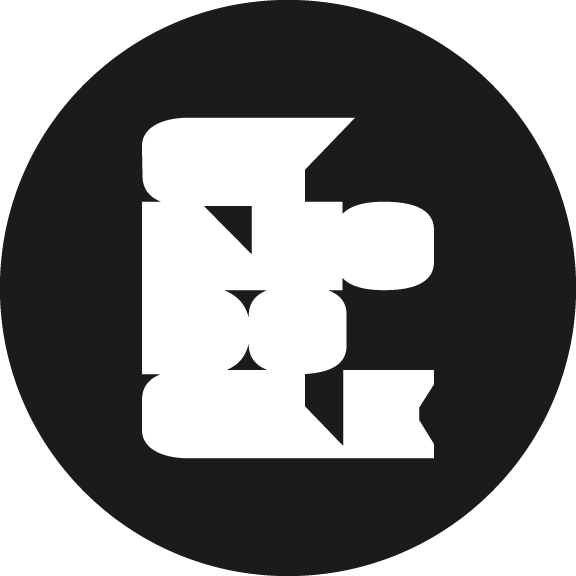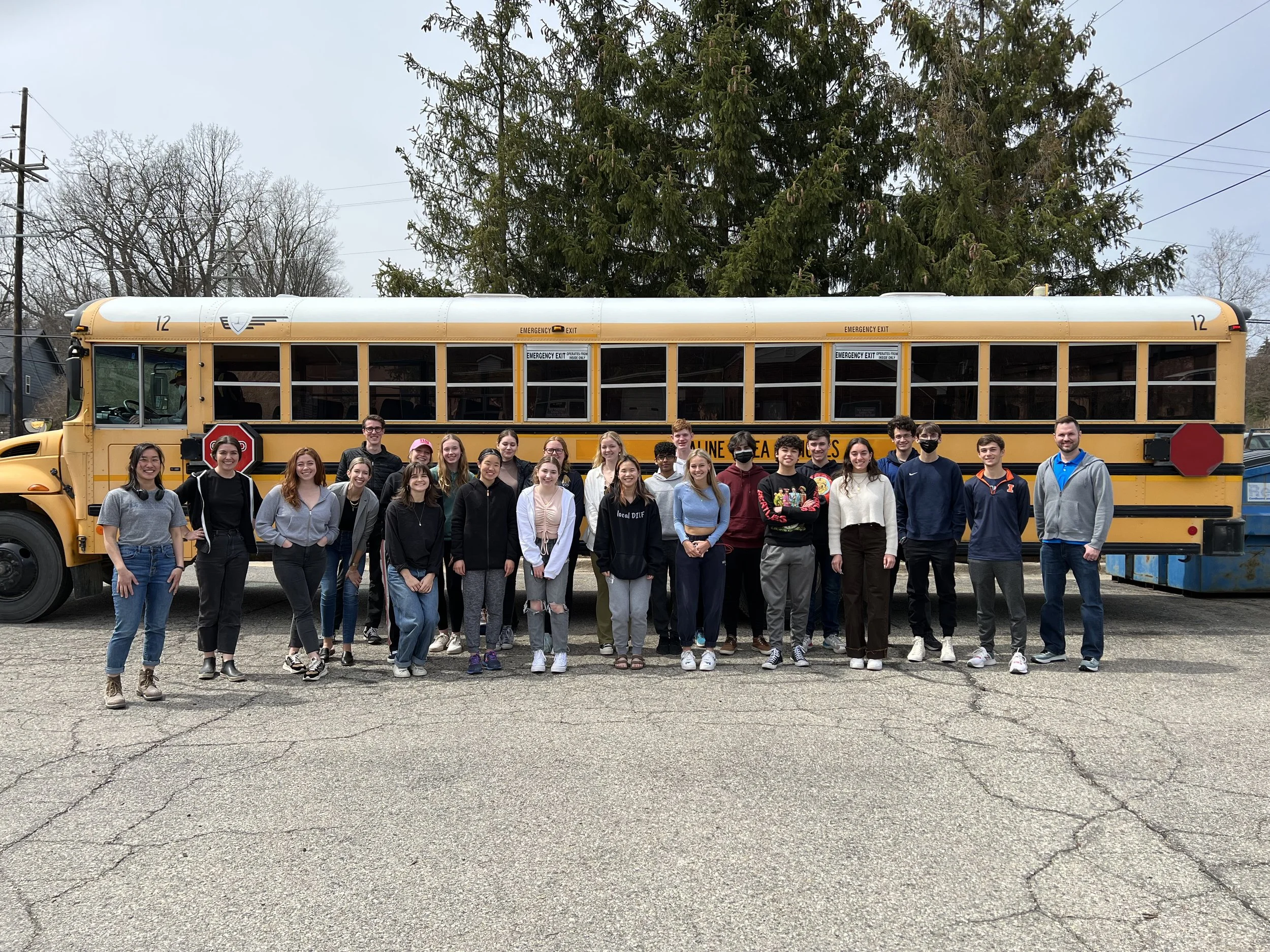Questions from a Young Designer
A young interior designer student reached out with questions for a class project. We posted our thoughts here to share.
What should be the most important focus for an aspiring commercial interior designer within their education?
Relationships. The design industry is small, and your peers and instructors will remember your personality and work ethic. As people go their separate ways, there is always the potential for referrals and collaborations in the future. Take care of your relationships that start in the education space.
What should be the most important focus for an aspiring commercial interior designer outside their education?
Travel and precedent. Look for examples all around you. For example, when getting a coffee, look at how the flow from the door to the counter to the table works well or doesn't work in a space. Understand people's habits and tendencies regarding how they use and interpret space. Keep up to date on blogs and books that showcase project examples propelling design and the industry forward.
How would you describe the advantages of software platforms like Revit, AutoCAD, and SketchUp?
Revit is super powerful for documenting a lot of specific information while generating base drawings in several formats simultaneously (plan, section, elevations), but it comes with a higher cost based on this value. Revit, Adobe, Miro, Notion, and Google Workspace are our primary software tools.
What do you commonly look for in a potential hire for an interior design position outside of their degree?
Curiosity and initiative. Seeing potential and following multiple options and ideas to test scenarios to get to strong and innovative solutions.
What is the biggest difference between working in commercial design versus residential design?
Personalities. Commercial design comes with an investment mindset and typically an anticipated plan for generating a return on the investment. Residential design is so much more personal, and design desires may not meet the budget a client can afford or justify.
What are the biggest potential roadblocks to consider when redesigning an existing space?
Utilities. With adaptive reuse, the sizing of mechanical units and electrical panels may not adequately meet a higher-intensity use or current code requirement. This can add substantial cost and time to a project in the "unseen" areas of the space.
Are there any parts of the industry you consistently find that novice interior designers are oblivious to that they should be aware of?
It is important to get a grasp of the business aspects of the practice. While we want to be creative and see designs realized, the path to getting this done is understanding what a client values and being persuasive about how design addresses the need and is worth the investment.

